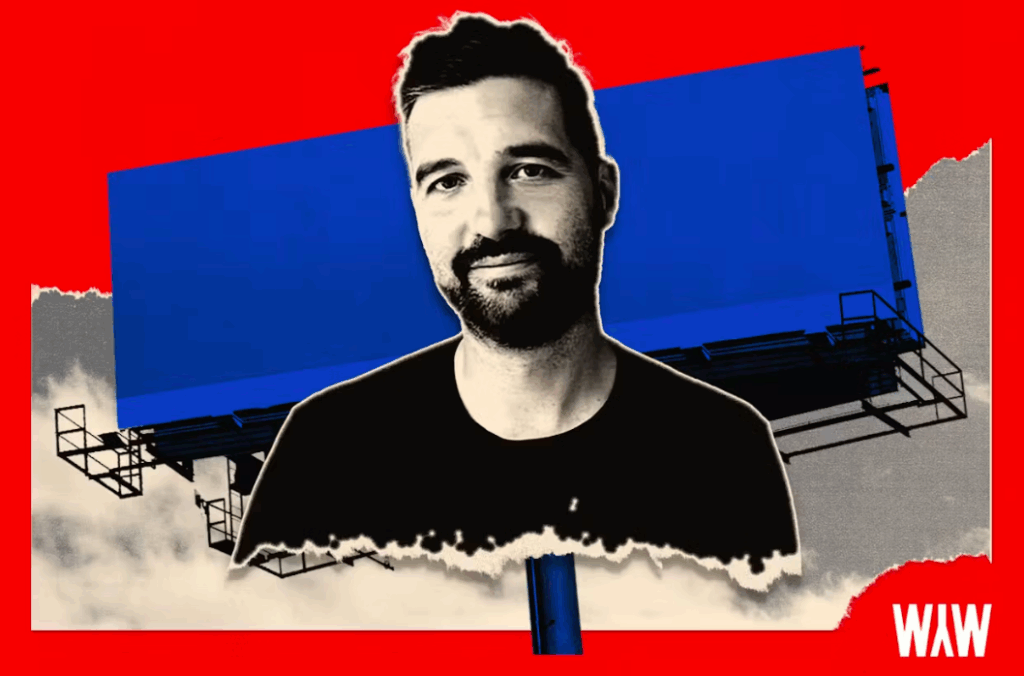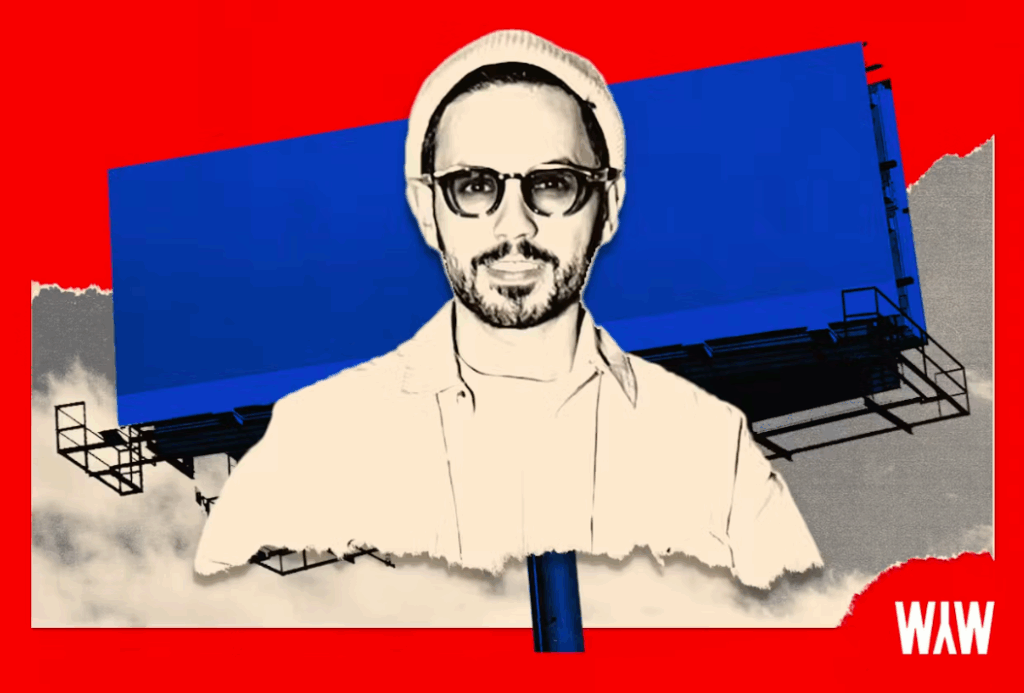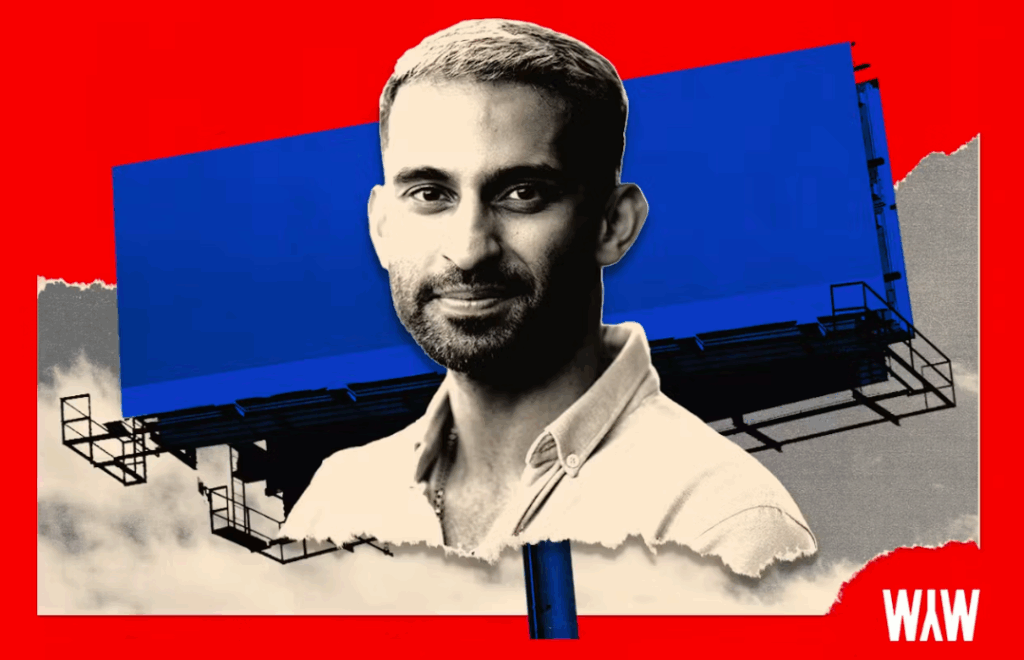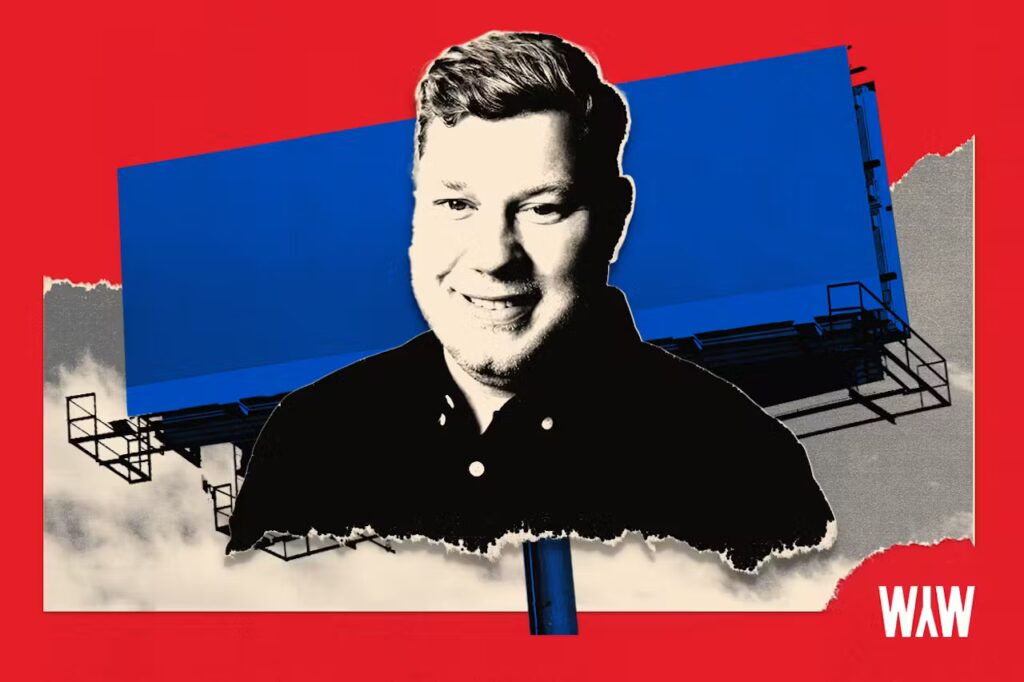Fiona Cullen reviews the world’s most popular music festival: Glastonbury 2025
It’s a peculiar kind of heartbreak, the end of Glastonbury. Each year, as the last strains of music fade and the sun rises on fields trampled by 250,000 revellers, I find myself repeating the same incredulous mantra: I can’t believe it’s over.
The festival’s gravitational pull is such that, for seven blissful days (two longer than the average attendee as I have the privilege of working for the festival), the outside world ceases to exist until, in a blink, you’re flung headlong back into reality, sunburnt and sleep-deprived, clutching memories that already feel the stuff of legends.
Glastonbury 2025, sprawling across 900 acres, roughly the size of Bath, if Bath were overrun by glitter, hope, and the occasional faint whiff of the infamous long drop loos – felt, if anything, even more heightened this year. Maybe it was the heat, relentless and unseasonal, transforming the festival from its traditional mudbath into a dustbowl endurance test; or the sense that the world outside is in a state of flux and Glastonbury’s role as a haven, a protest, and a party has never been more vital or needed.
The site itself remains a marvel: a temporary city stitched together from tents, flags, and matchless creativity. Everywhere you turn, there are reminders of the festival’s activist roots – handmade signs urging peace, climate action, love and kindness. Loyle Carner used his set to rail against Farage and the current political malaise, his words greeted by a crowd hungry for sincerity and substance. Elsewhere, the activism was more direct and aggressive but no less present: a sense that, for a week, we might live as if a better world were possible.
Glastonbury is also a mirror, reflecting the contradictions of the age. As I nursed a £7 Coca-Cola it was hard not to notice the creeping costs. Is the festival still a utopia, or a playground for the gilded rich helicoptered on site to their yurts? From the ground, at least, it still feels like the former: moments of connection, serendipity, and unfiltered joy outweighing the hint of hypocrisy.
And then there’s the music, which remains the festival’s pulsing heart. This year’s lineup was a dizzying carousel, veering between nostalgia, discovery, and outright spectacle. Although I tried my hardest, naturally I could not see it all, but here are a few highlights:
Opening Friday, Supergrass delivered a set that was both a joyous throwback and a reminder of their enduring knack for melody. “Alright” was sung with such gusto by the crowd that it almost drowned out the band and felt like a communal act of time travel.
CMAT proved herself a stone-cold star in waiting, her Irish country-pop anthems delivered with a wink and a knowing sense of theatre. She’s the kind of artist Glastonbury was made for: heart-melting vocals, bags of humour, charming sass, and utterly magnetic.
The legend Burning Spear, turned the sun-soaked Pyramid Stage into a reggae revival field, carrying messages of unity and resistance that felt as urgent as ever.
Franz Ferdinand’s set was a masterclass reminder that, sometimes, all you need is a killer riff, a charismatic front man and a chorus everyone knows to raise the proverbial Glasto roof. Alex Kapranos teased with a surprise guest ‘You may have heard a rumour about a fellow Glaswegian named Capaldi performing today…well here he is…PETER Capaldi” before the ex-Doctor Who launched into indie disco anthem “Take Me Out”- a stroke of pure programming genius and a surefire way to get everyone smiling, singing and bouncing in unison.
Anohni and the Johnsons delivered one of the weekend’s most moving performances. The enigmatic, ethereal Anohni’s voice, haunting and elemental, filled the night air with songs of loss and hope. It was a set that left the audience in awe and silenced.
Saturday blazed into action with another ridiculously talent-filled day. I was working so had to stay within the Woodsies stage environs but fortuitously it was playing host to many acts on my must-see list – and all exceeded expectations.
Father John Misty brought a man-mountain sized dose of sardonic melancholy, his lush orchestrations and wry lyrics offering a welcome change of pace. There’s a certain pleasure in watching thousands of people sway to existential crisis set to a waltz.
TV on the Radio delivered a taut, propulsive set, their art-rock angular and urgent. “Wolf Like Me” in particular, felt like a rallying cry, the audience howling along in delight.

I DO feel like dancin’ – Scissor Sisters bringing New York sassy vibes to Woodsies.
Scissor Sisters turned Woodsies stage into a glitter-soaked disco, Jake Shears strutting through a set that reminded everyone just how much fun pop can be. “I Don’t Feel Like Dancin’” was, inevitably, a highlight – though the crowd did anything but.
A new discovery we stumbled upon late-night at Bimble Inn, Dogshow (two musicians dressed as poodles) brought the kind of joyful weirdness that the festival does best: part performance art, part rave, part ‘what on earth are we watching?’. Glastonbury thrives on these moments of discovery: stumbling upon a band you’ve never heard of and leaving a lifelong fan.
Following the canine theme, a surprise gig at The Wishing Well for Fat Dog delivered one of the weekend’s wildest moments, their frenetic energy, audience participation and theatrical stage presence making them underground cult heroes.
By Sunday, the festival had settled into its traditional rhythm: pyjama-clad revellers lazing on the hill, reggae drifting on the breeze, the sense of collective exhalation palpable. The heat was relentless, but spirits remained undimmed. Glastonbury, for all its contradictions and challenges, remains a place where the extraordinary becomes ordinary, and every moment feels like history in the making.
Cymande were a revelation, their blend of funk, soul, and Afrobeat sounding as fresh as ever. “Brothers on the slide” became a sun-drenched anthem, the crowd swaying as if in collective reverie.

Animal magic: a member of the hypnotic GOAT mesmerising the audience.
GOAT conjured a psychedelic fever dream on West Holts, their hypnotic grooves and masked theatrics transporting the crowd somewhere between a Swedish forest and a 1970s commune. MC Yallah’s guest appearance added an extra layer of trippy, otherworldly energy.
St Vincent was, as ever, a study in controlled chaos. Annie Clark’s guitar heroics and icy charisma held the crowd rapt, her set oscillating between art-rock precision and cathartic release.
Sunday night required witchcraft-level summoning of energy reserves to keep going, as The Prodigy were a force of nature. Dedicating their set to the late Keith Flint, they tore through their catalogue with ferocious energy. “Firestarter” and “Smack My B*tch Up” turned the Other Stage into a seething mass, flares blazing, a single firework arcing into the night as “Out of Space” closed proceedings. It was cathartic, chaotic, and left you on a high that arguably only Glastonbury can truly deliver.

I just go for the bands – working for the festival gives you access to a smorgasbord of secret crew bars and
hidden cut through routes not available to the public.
Sliding back to reality with a bump, I find myself wishing, not for the first time, for an inbuilt personal iPlayer – something to replay every fleeting, perfect second again and again until we can do it next time in 2027.









